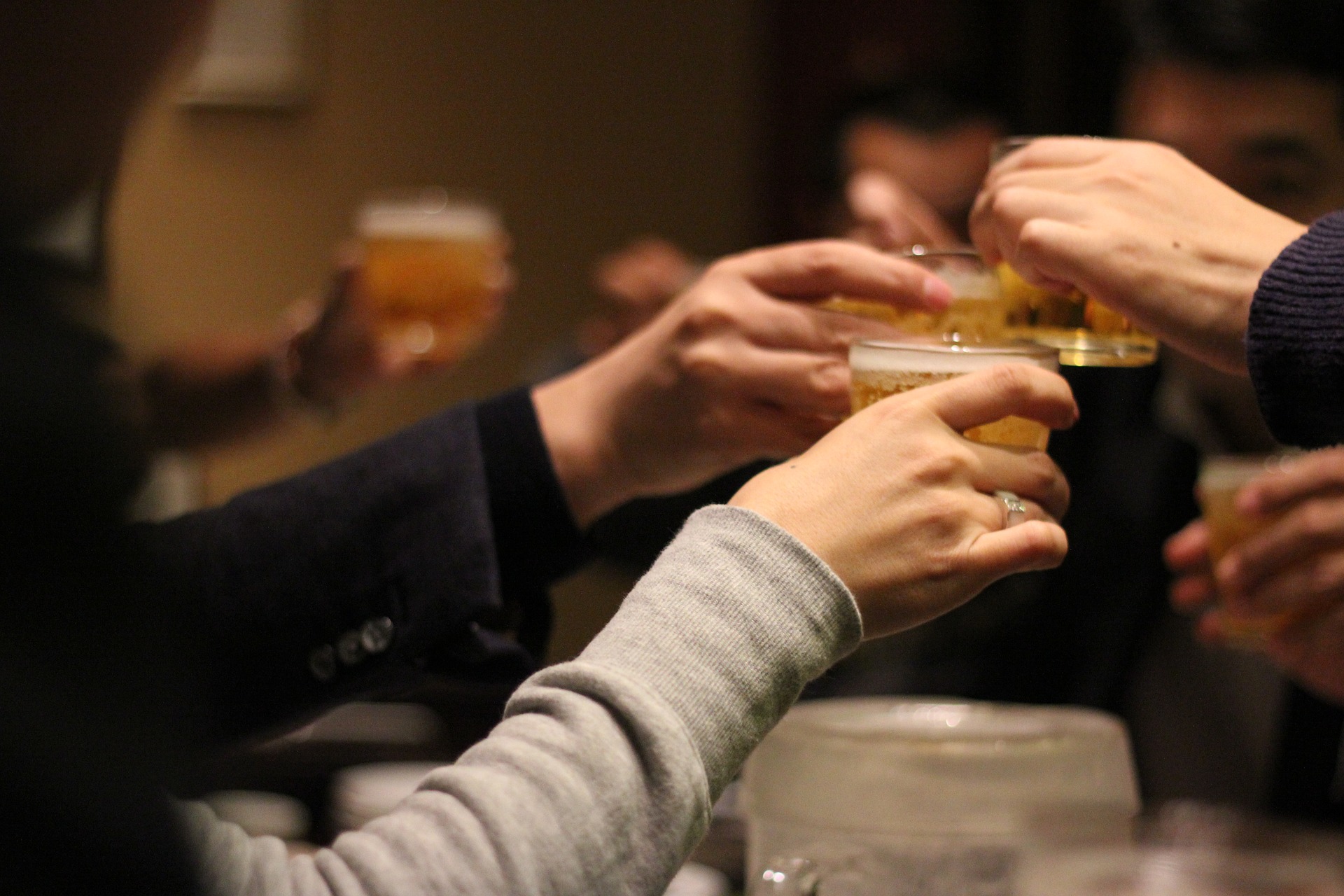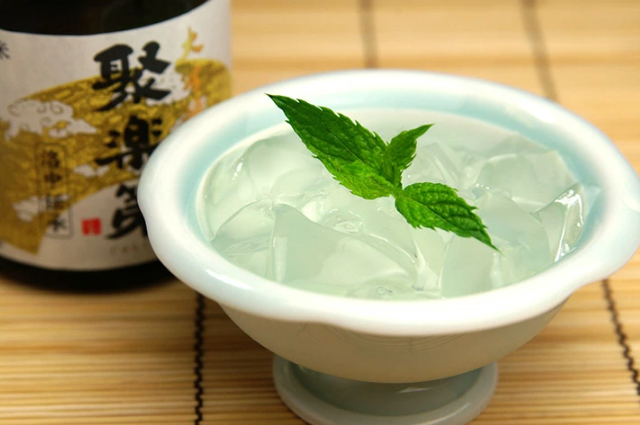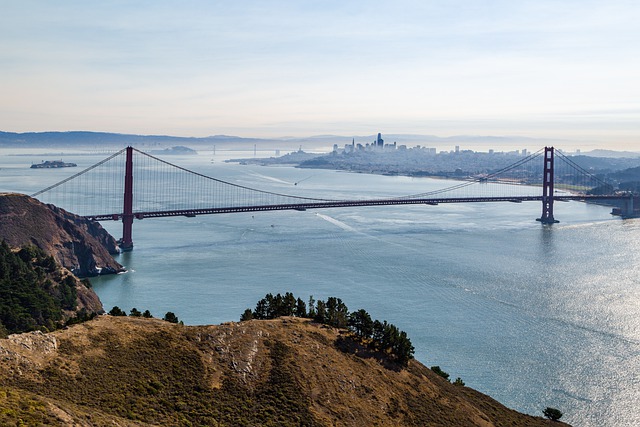Japanese sake is becoming the ‘it’ drink at the Bay Area’s trendiest restaurants
All signs are pointing to a sake boom. As the Japanese drink becomes easier to find, Bay Area beverage directors, sommeliers and other industry experts are promoting it to a wider audience.
For a long time, sake in the U.S. was mostly confined to Japanese restaurants, and most of what was served was cheap, mass-produced “hot sake.” But now, higher-quality versions are emerging. The alcoholic beverage made from fermented rice is becoming extremely popular in non-Japanese restaurants like Oakland’s Daytrip and wine shops like Oakland Yard, as drinkers discover its complex flavors, aromas and versatile food-pairing potential.
Rice-based alcohol traditions are thousands of years old, and even modern sake production dates back generations, with some commercial sake breweries opening in Japan as early as the 14th century. But for much of the 20th century, the main type of sake exported to the U.S. was the divisive “hot sake” that “garnered a bad stigma due to its poor production,” according to Eduardo Dingler, vice president of wine at Wine Access, a wine curation and education site. These warmed-up sakes — as hot as 212 degrees — are usually pasteurized, and the temperature can mask bitter flavors. The popularity of hot sake “sacrificed the quality of sake,” according to Angel Davis, owner of the San Francisco wine shop Millay.

Now, unpasteurized sake, or Nama, is fueling a renaissance. This version of sake needs to be refrigerated to preserve its delicate aroma and is always served cool. As more Nama is being imported into the U.S., wine shops, such as Millay, are starting to see an uptick in sake sales.
“I’m noticing that my sake pours are selling more than some of my wine pours,” said Davis. “I think there is a new interest in sake because of young people wanting to try new things and discover something else besides wine.”
Sales of sake in the U.S. grew 5.3% by volume in 2021, according to analyst IWSR, and by more than 7% during the last five years. They’re projected to grow by 2.4% annually through 2026.
Sake has felt inaccessible to many U.S. drinkers for a long time, in part because of the many misconceptions about its production process and the complicated nature of its subcategories. There may also be a language barrier as non-Japanese-speaking customers try to understand the difference between styles such as Junmai, Nigori and Daiginjo on bottle labels.
But as more Bay Area drinkers become curious about the processes behind fermented beverages like wine, they’re also becoming more curious about sake. While the production of sake is similar to that of wine, its fermentation process is much more complicated. The process includes water, yeast, rice and koji, a fungus that is also present in products like soy sauce and miso.
Sake is especially popular with younger more adventurous drinkers and with the added on trend sales points of being gluten free and (usually) vegetarian, it looks like Japanese sake will continue its growth in popularity and reach a wider audience.
With thanks, original article: https://www.sfchronicle.com/food/wine/article/japanese-sake-bay-area-17401494.php
 Previous Article
Previous Article Next Article
Next Article
- Categories:
- Share :
 Previous Article
Previous Article Next Article
Next Article
